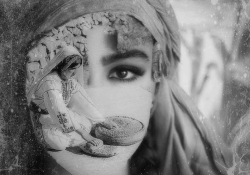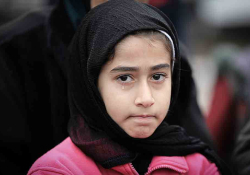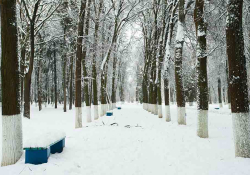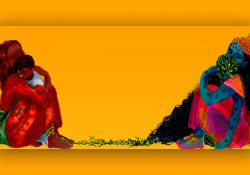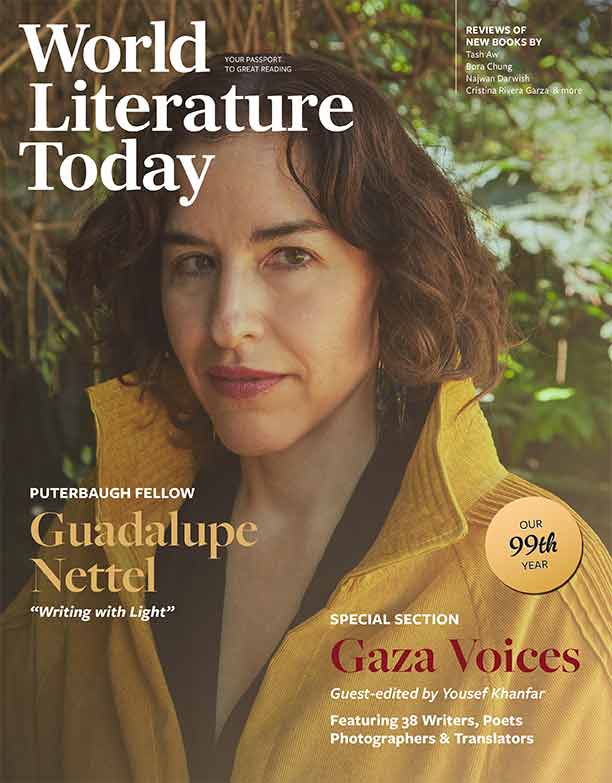Lucy’s Tale in Gaza
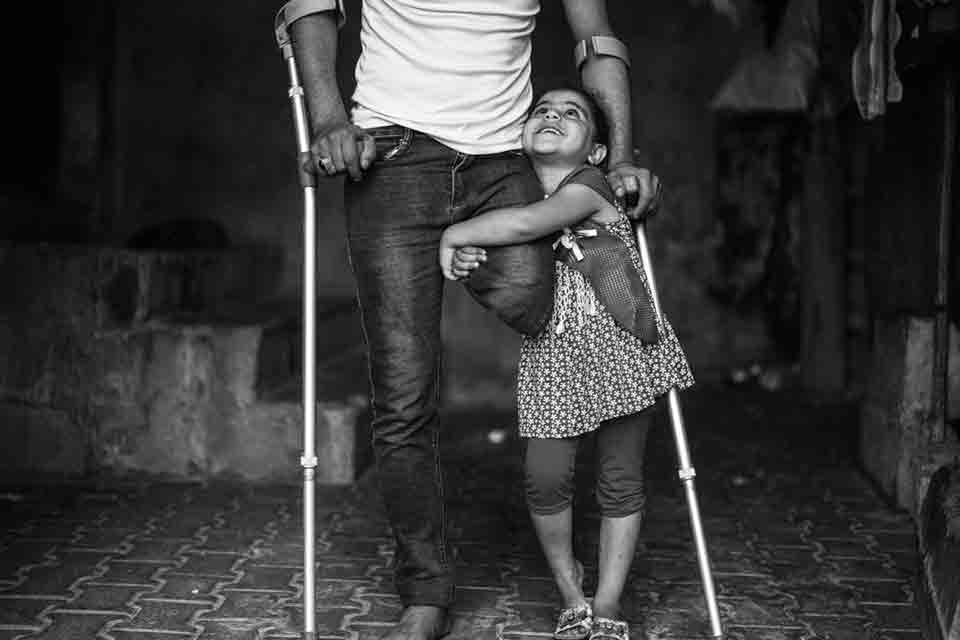
What does death taste like? A story written under fire . . .
The moon was absent, and the sun sat high in the dome of the sky, ruling the land and everything on it. It struck fiercely, igniting fires and sending bullets ablaze.
“Run, Lucy, run!”
He ran, shielding her, pushing her forward with all his might. Behind them, the inferno roared, the voices of hell buzzing in their ears. Ahead, the path of escape was drenched in wails, tragedies, and agony.
He ran, she ran, she stumbled. He tried, in vain, to carry her—a mere child, how could he lift a dog of Lucy’s size? He pulled her with every ounce of strength left in his frail body. The fire behind them was a distant speck, yet its wrath was all-consuming.
They ran. They fell. They rose again. They collided with jagged stones protruding from the earth, with freshly fallen tree branches. They ran, two fragile beings stripped of wings . . .
“Why were children and dogs in Gaza denied wings?”
“Why were children and dogs in Gaza denied wings?”
Had they been granted wings, they could have soared above wars, massacres, and extermination—far away from the hell of this blackened earth, the hell of Gaza. They could have been like butterflies, free to glide to safety, to lands where they could live, play, and dream—just as children in Ukraine did.
Sami and Lucy passed by the street that led to his elementary school. A thought, or perhaps a prayer, clung to Sami’s mind, as though a second self walked beside him, whispering:
“Oh God, is my school still standing? Please, let it be so . . .”
A single step past the corner, and the illusion was shattered. Horror struck him as he gazed upon what had once been his school—what had once been every school in the city.
Before him stood not a school but a ruin, a carcass of something unrecognizable. A mountain of rubble, with eyes blasted open by artillery, with a mouth screaming into a gaping crater filled with mud and blood. A nose sneezing endlessly from the stench of TNT and gunpowder.
At its edge, a mass of the displaced—haunted figures, wretched and weary, uprooted from their homes, wandering like ghosts unaware of their own deaths.
After a long moment of silent defeat, Sami left behind the weeping remains of his school and wandered with Lucy in search of a shelter.
They found it—what once must have been a towering, magnificent structure. Now, it stood as if a colossal beast from the Cretaceous period had taken a bite out of its heights. Sami glanced at Lucy, an idea forming in his mind. She understood him without a word and darted forward, scouting the ruins. Moments later, she returned, standing atop a mound of scattered stones, barking softly—calling him.
They entered the building together. Night fell, draping them in its shadowy embrace. Lucy curled up on the rough ground. Sami rested his head against her soft, gray-white fur, tucking himself into her warmth like a fetus in a womb. Their sleep was restless.
In the dead of the night, before they could even register the sound, a flash erupted—a massive stain of orange paint splashed over them. An American-made bomb, the MK-84-2000-IBS, had found its mark.
But before the fire consumed everything, before the night erupted in flames and light . . . she had gone out.
Lucy had left Sami asleep and slipped around the building, sniffing the air, searching for something unknown. In the darkness, she had seen them—stray dogs, starving, thin, slipping from one corpse to the other, devouring the dead without hesitation.
She had paused for a moment, her nose filled with the scent of blood, her eyes silently following the scene. A question formed in her mind, lingering like a ghost.
What does death taste like?
She never found out.
Moments later—the flash, the explosion, the silence.
After that . . . no one knew what happened.
Not until . . .
Nineteen months passed.
The soldier who had given the order to drop the bomb still laughed in his bunker, nestled inside his tank, as he watched Donald Trump’s inauguration as president of the United States.
In Gaza, people dug through the wreckage where Sami and Lucy had been buried, using axes and sticks—there was no fuel or heavy machinery. Days later, they unearthed Sami’s skeletal remains, his body long decomposed. But something was strange about Lucy’s corpse.
Lucy had not decomposed.
Nor did she seem dead.
How was that possible?
As they turned her over, a Red Cross rescuer, Tony Barty, found something at the base of her spine. A charging port?
“Lucy isn’t a real dog,” Tony whispered. “She is a robot.”
Through inquiries and investigation, they learned that Sami had been a child prodigy, a robotics genius. He had an account on TikTok where he showcased his inventions—ten million people followed his work.
The world had lost a mind that could have rivaled Thomas Edison, a pioneer in AI and robotics.
But the biggest surprise, one that global media only uncovered days later, was that Lucy . . . had cameras embedded behind each of her eyes.
She had recorded everything—the moment the soldier began shooting at a child and his dog. Deep within Lucy’s advanced memory system, designed by Sami himself, the footage remained intact.
Soon, social media platforms—Facebook, X, YouTube, TikTok—began releasing short clips captured from Lucy’s eyes.
The world saw.
The soldier was exposed.
The world mourned.
University students across America and Europe took to the streets in protest. They were not only shocked by Sami’s tragic death but also by Lucy—how she had behaved, how she had shielded him, how she had moved, leaped, and reacted with astonishing precision.
Experts in robotics from China, Japan, the US, and Europe were baffled. They studied Lucy’s programming, expecting to find the source of her decisions and emotions.
But they found nothing.
There was no code instructing Lucy to protect, to fear, to grieve.
And so, the experts pondered: Had Lucy—the machine—evolved? Had she developed emotions of her own?
Had she felt?
Had she wept for Gaza?
Had she recoiled from the taste of death?
What does death taste like?
Translation from the Arabic


